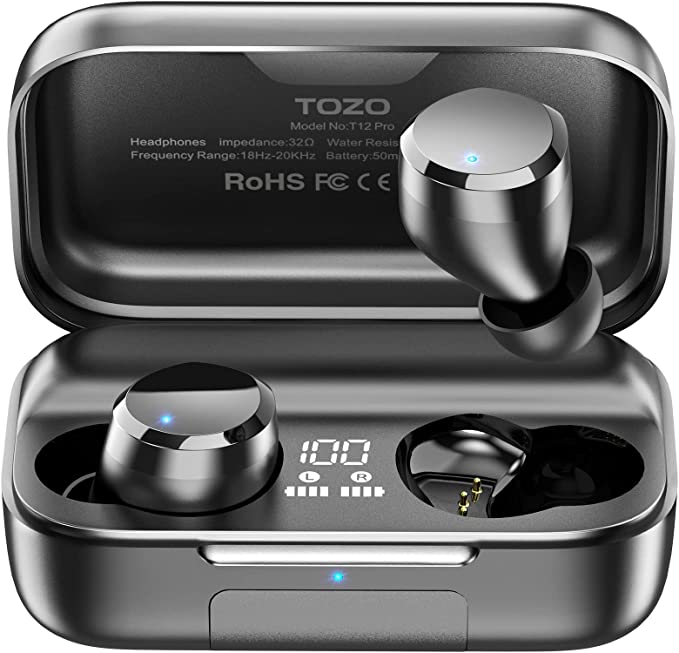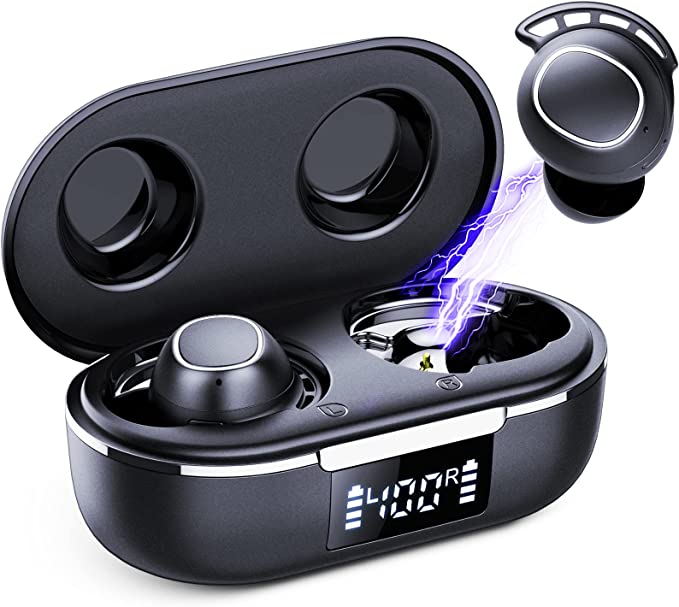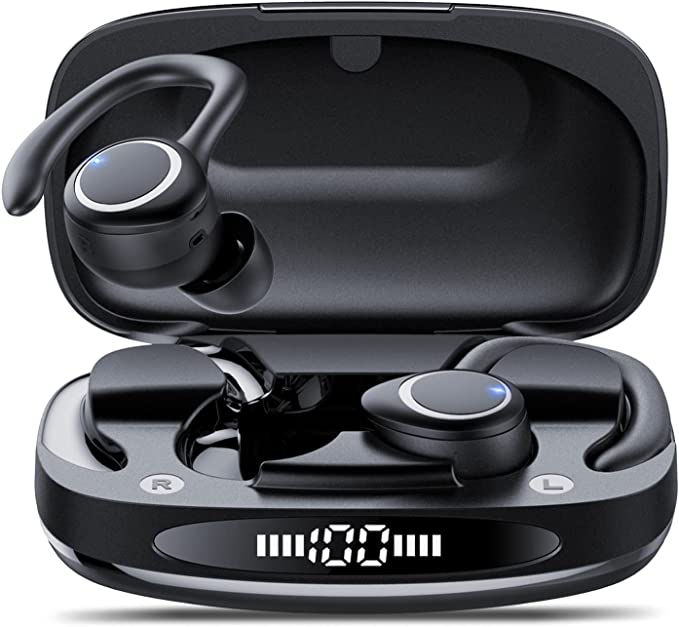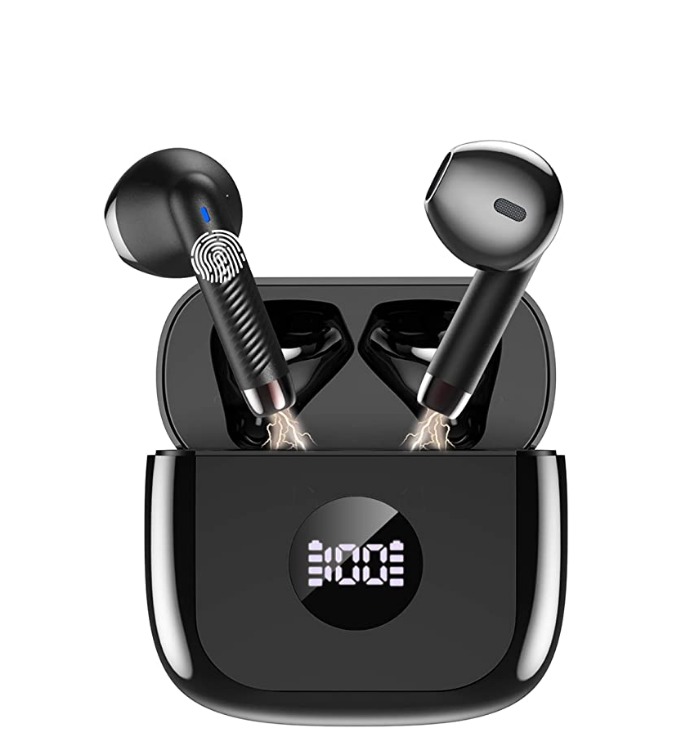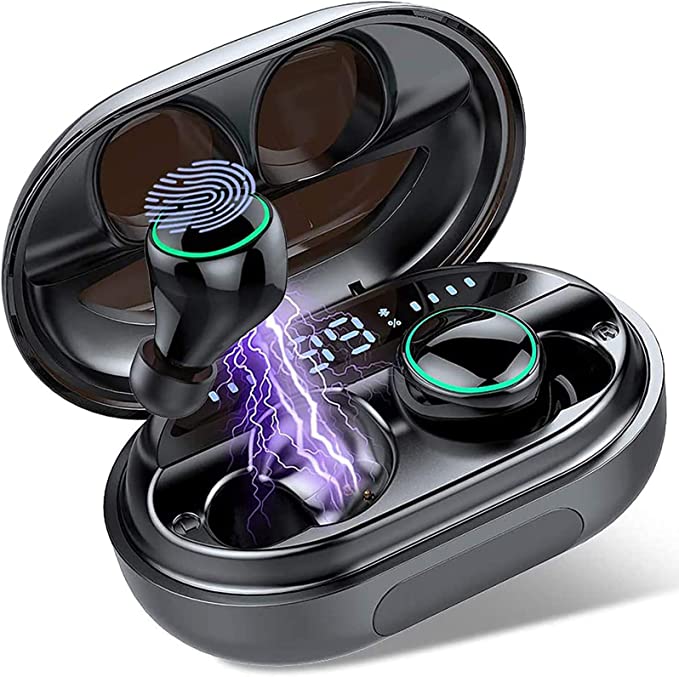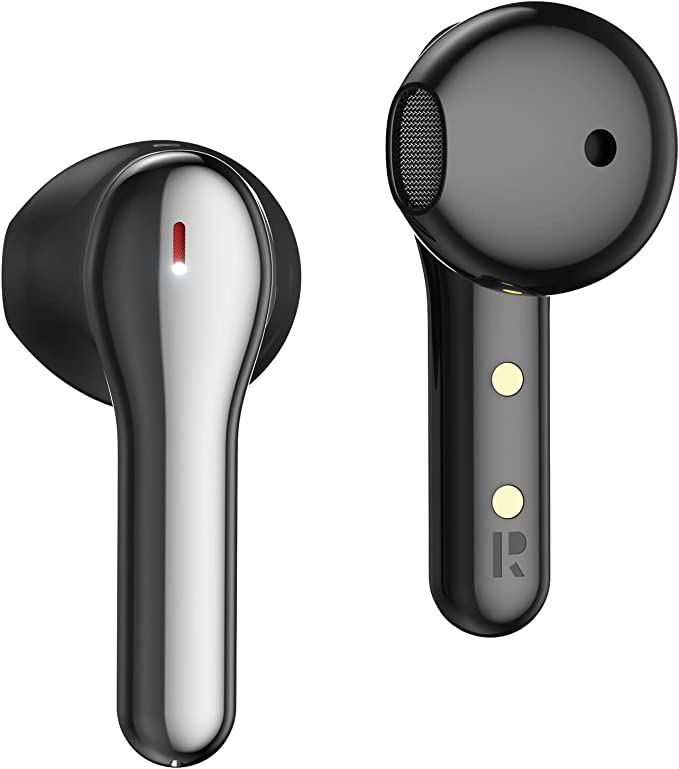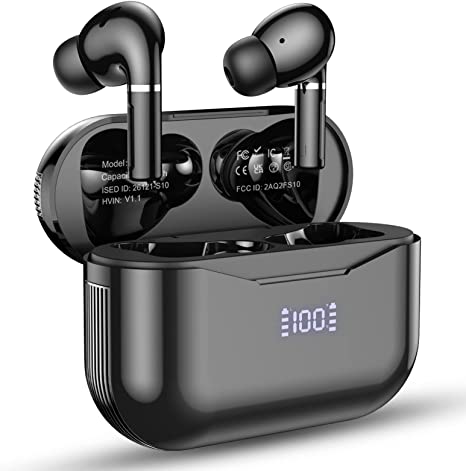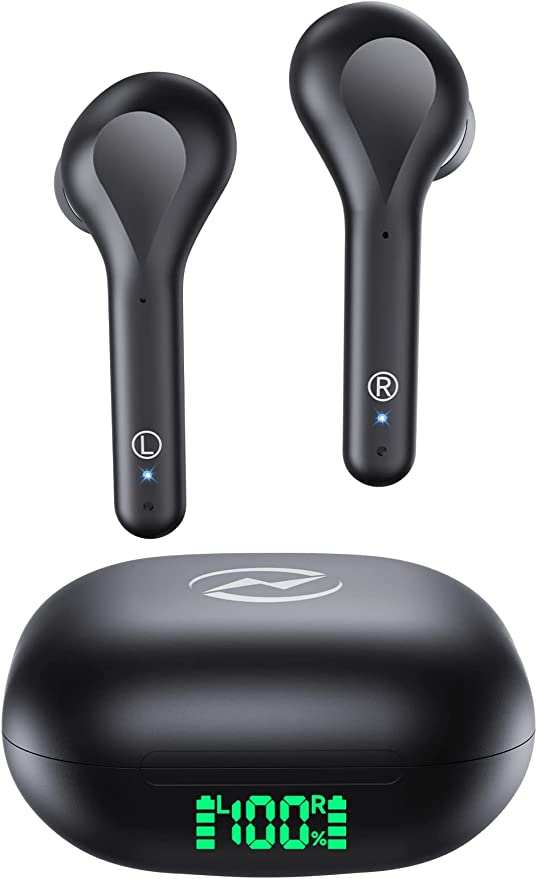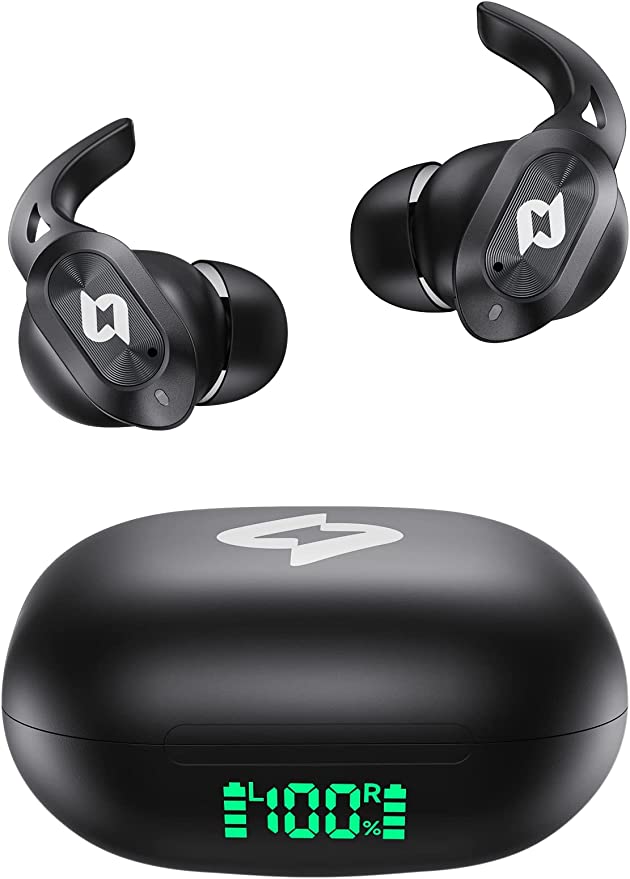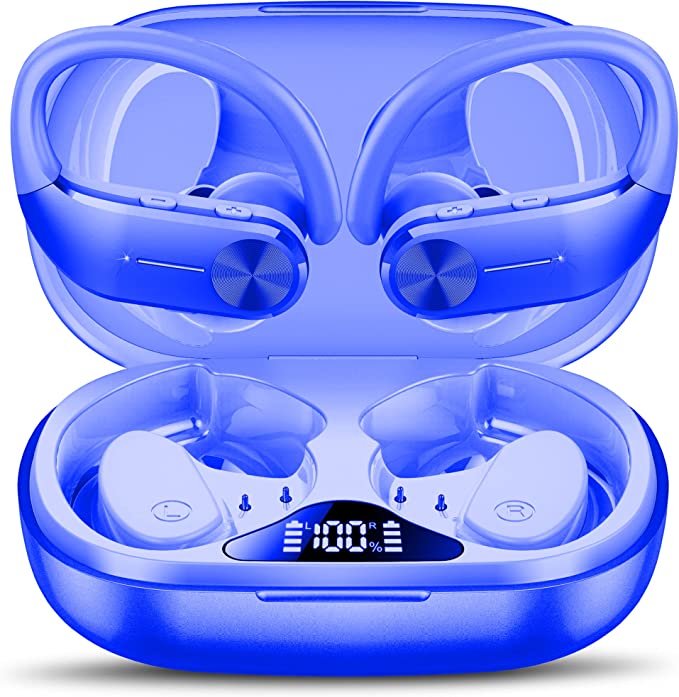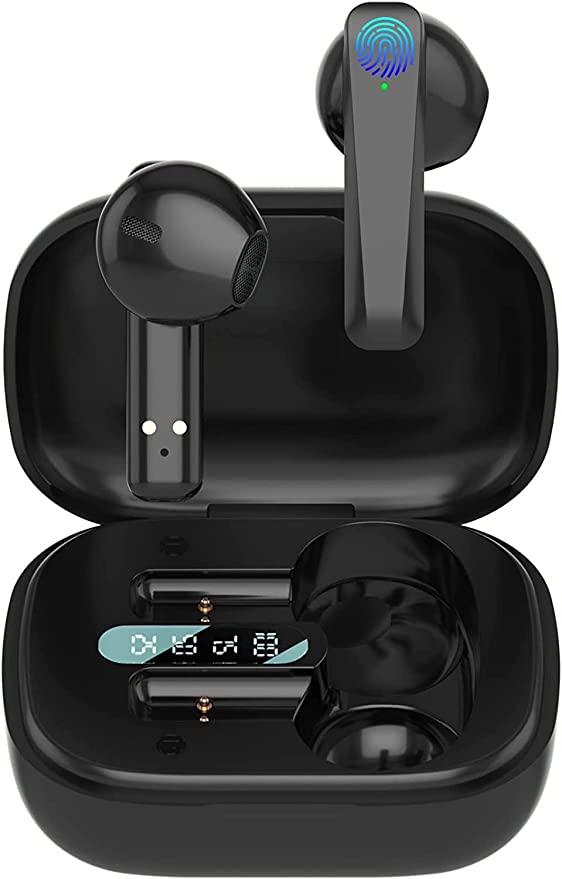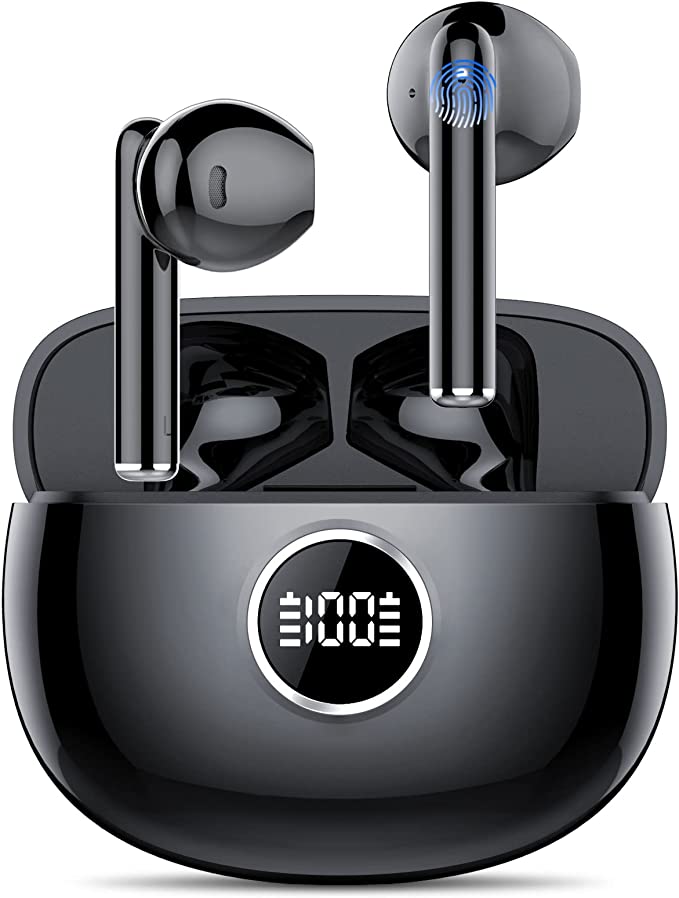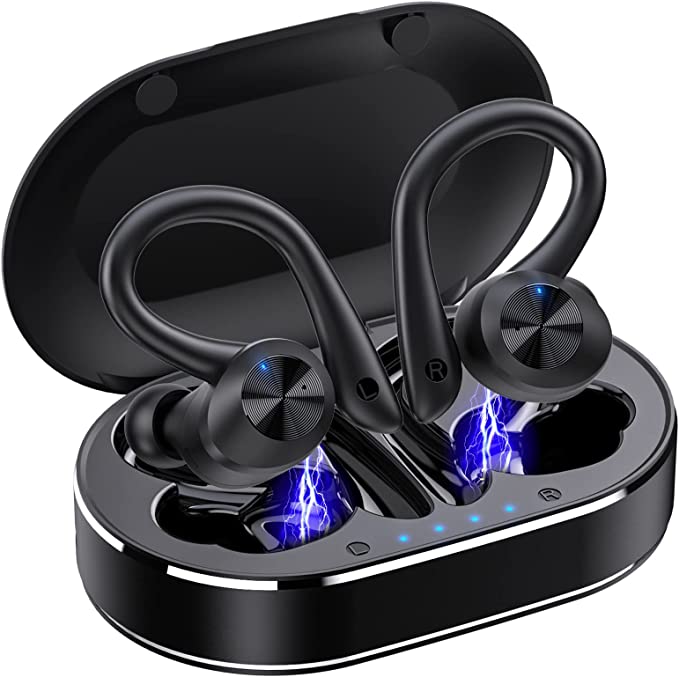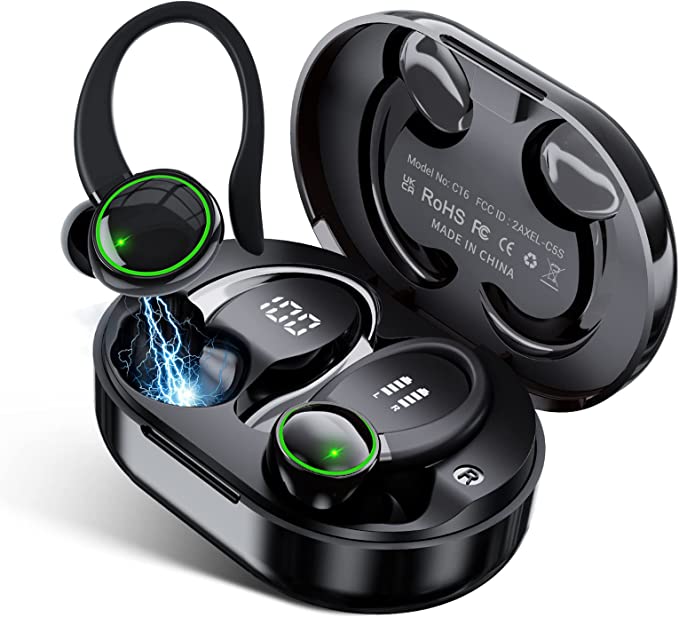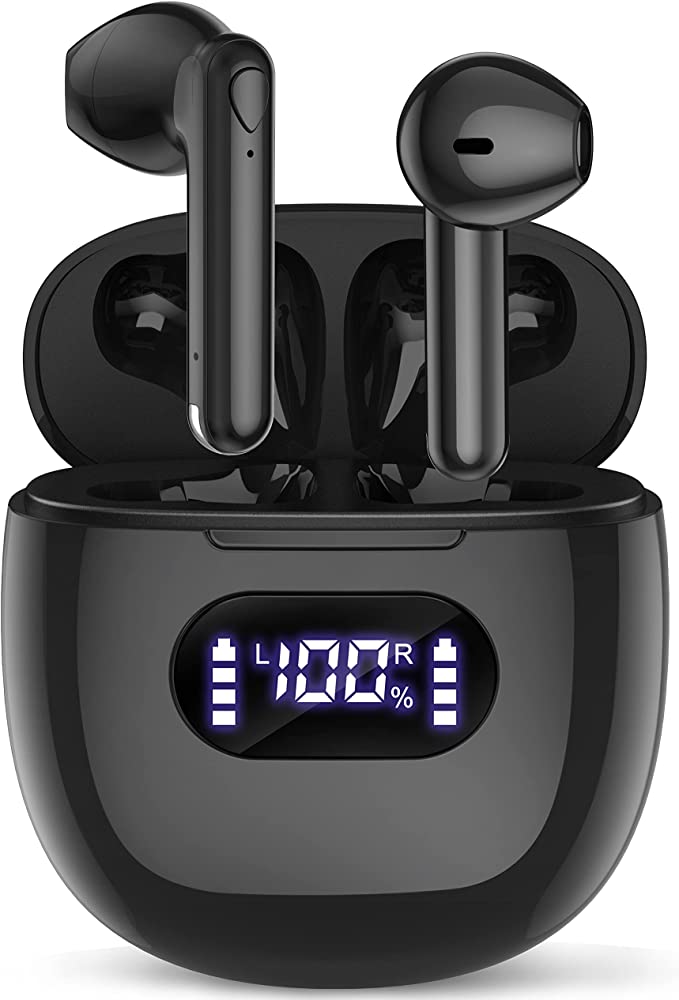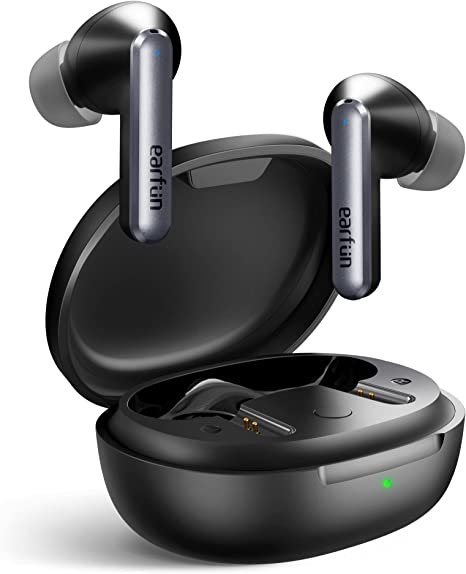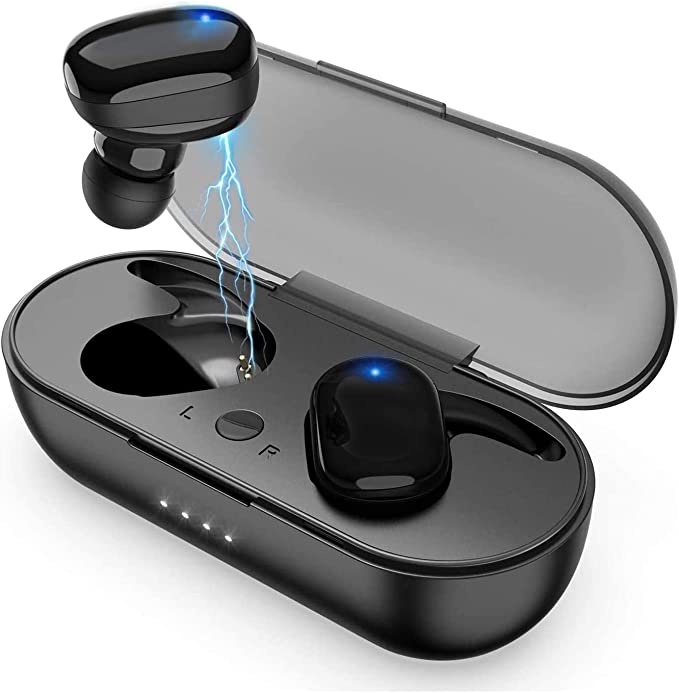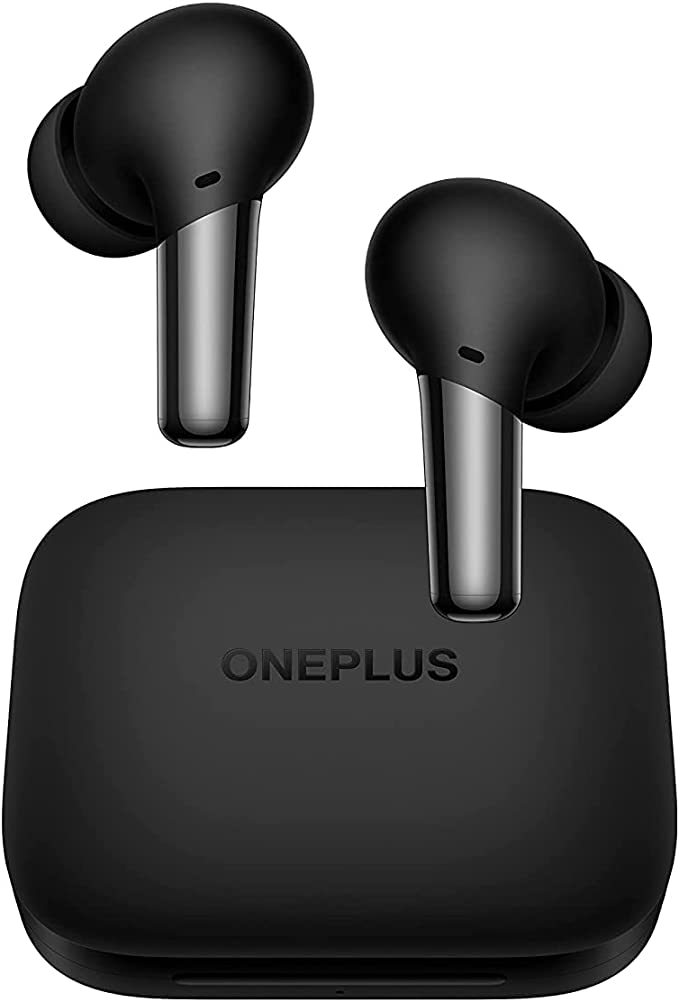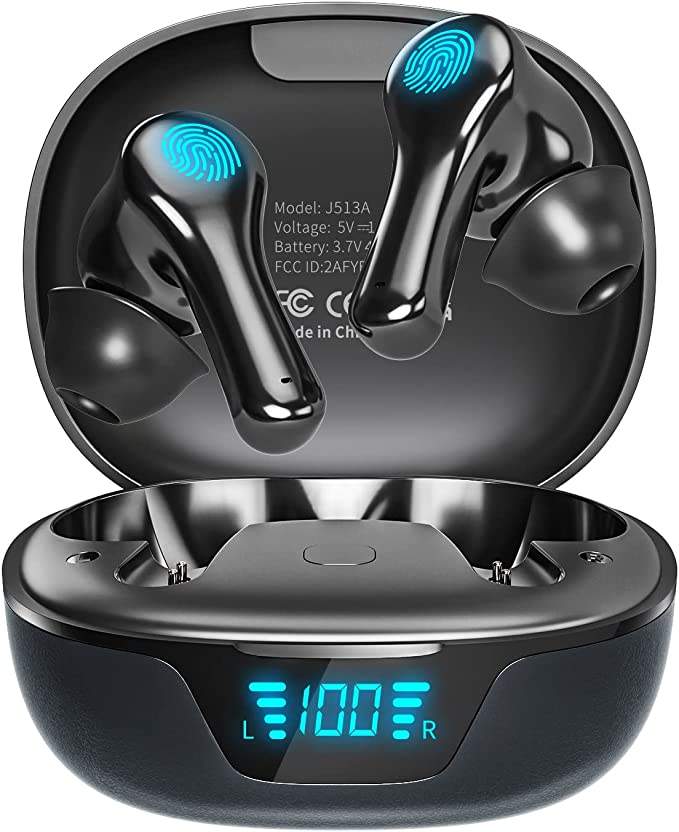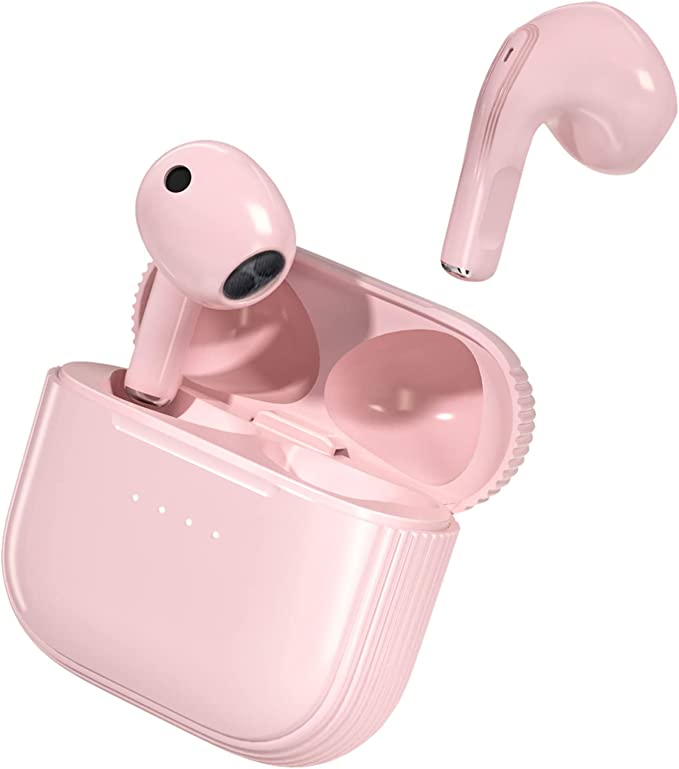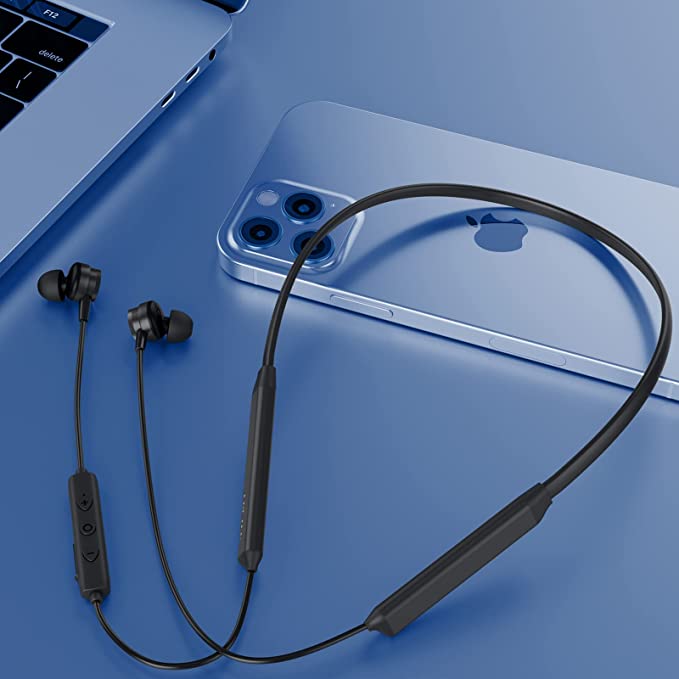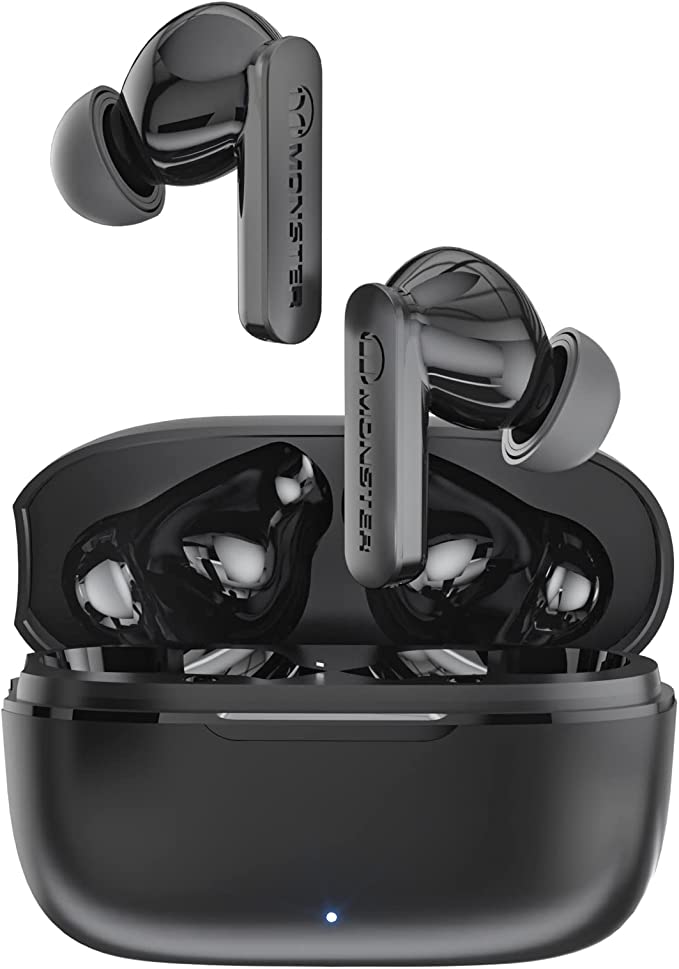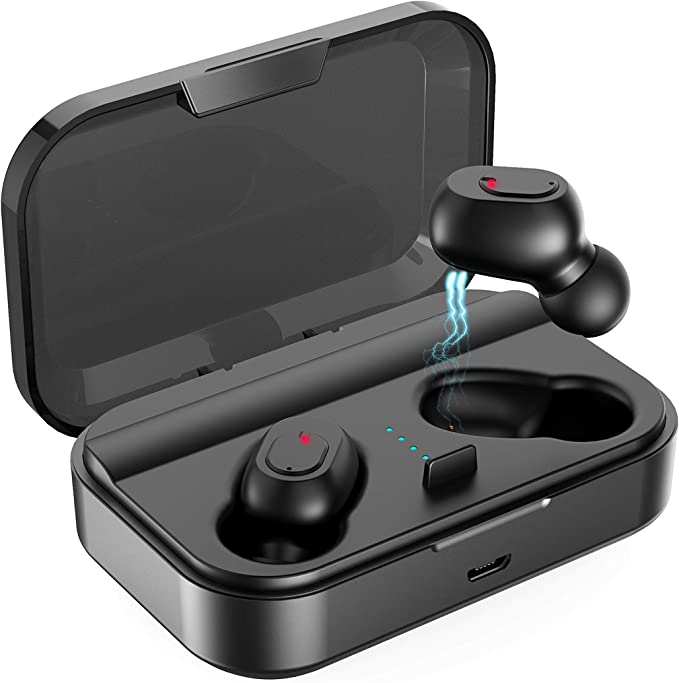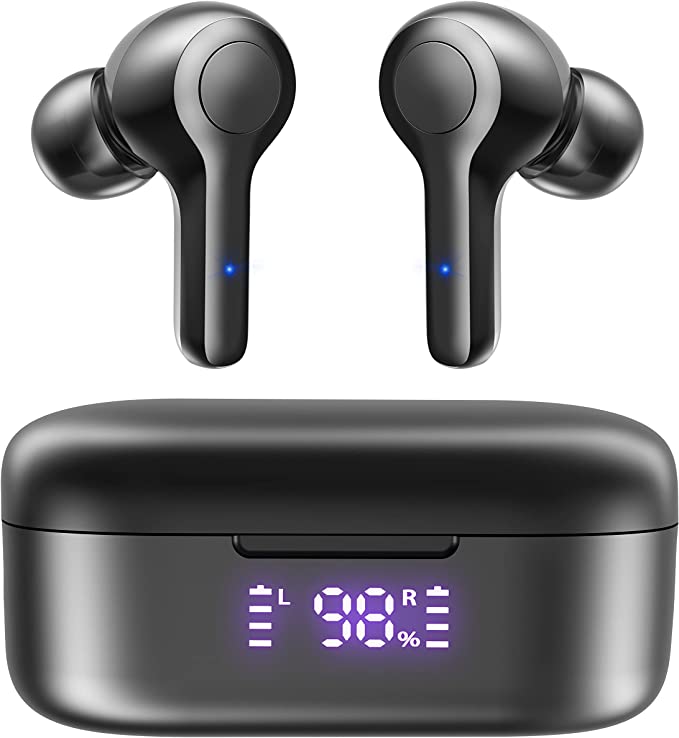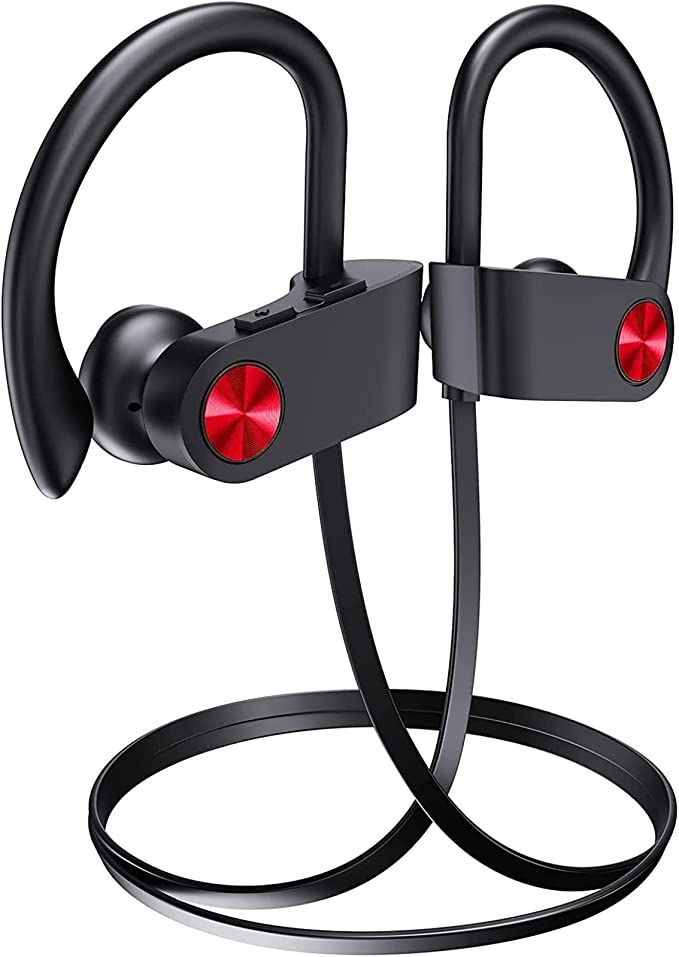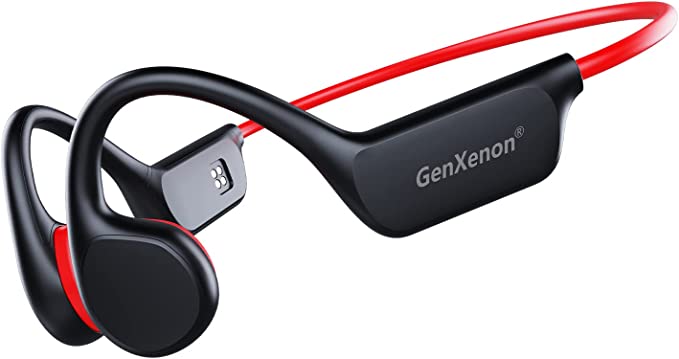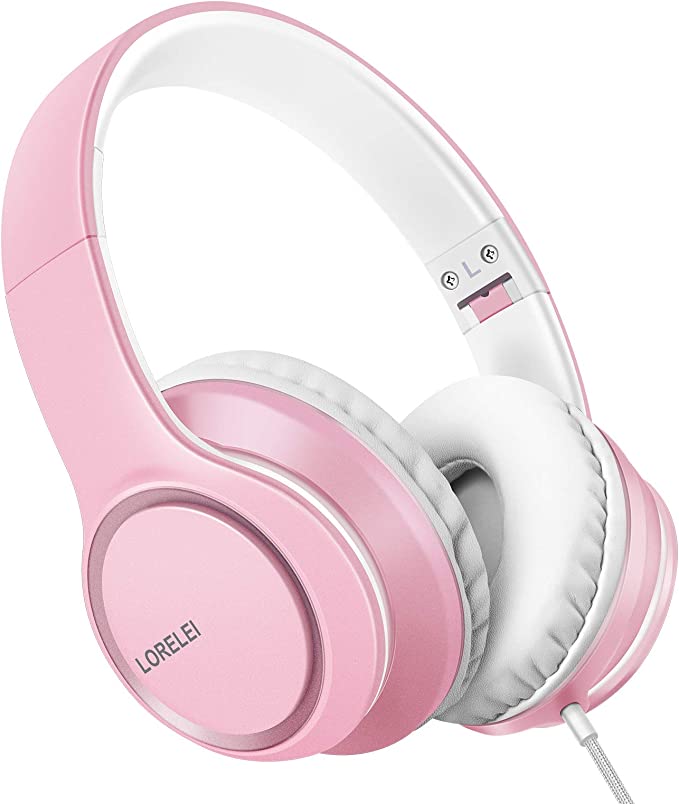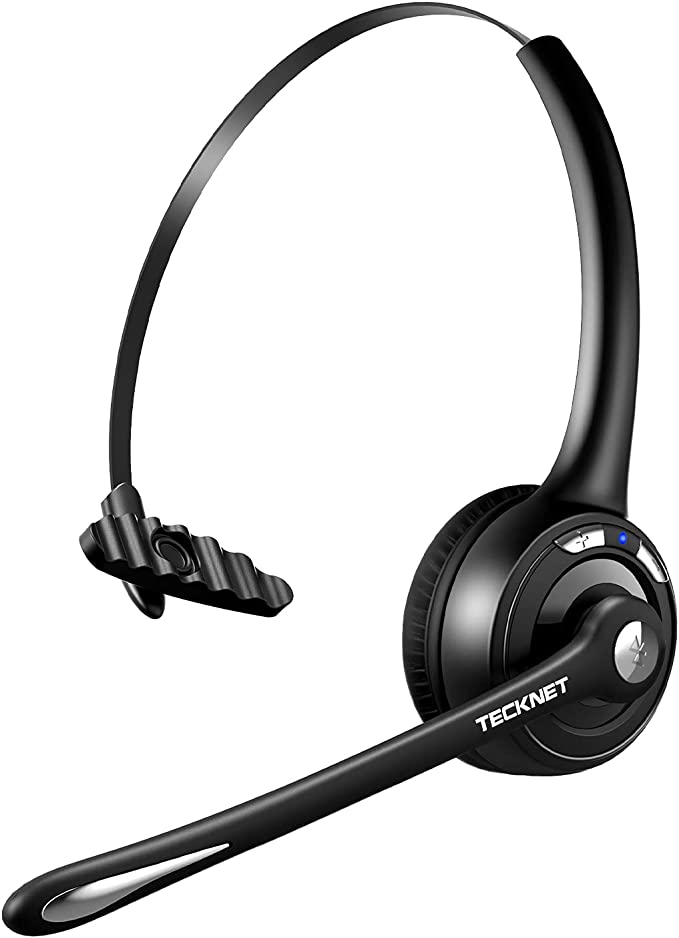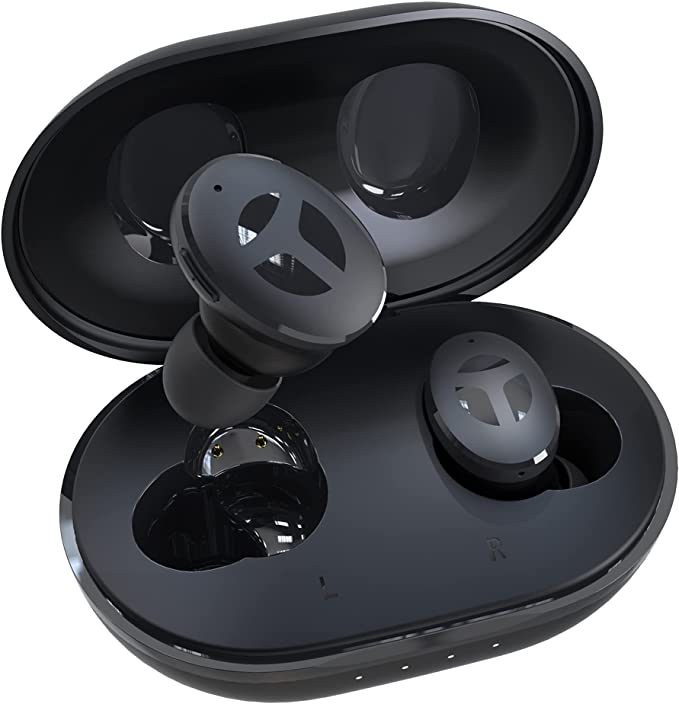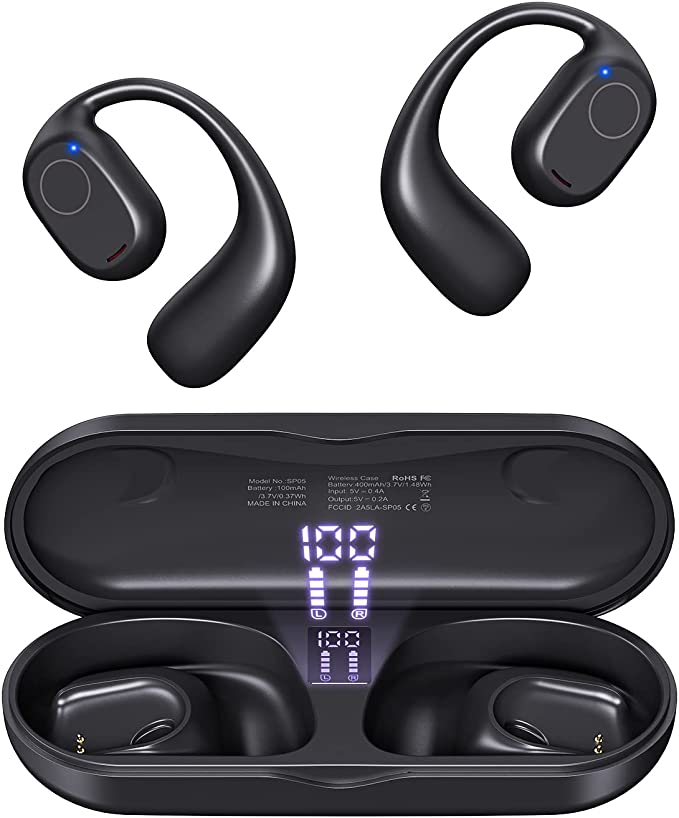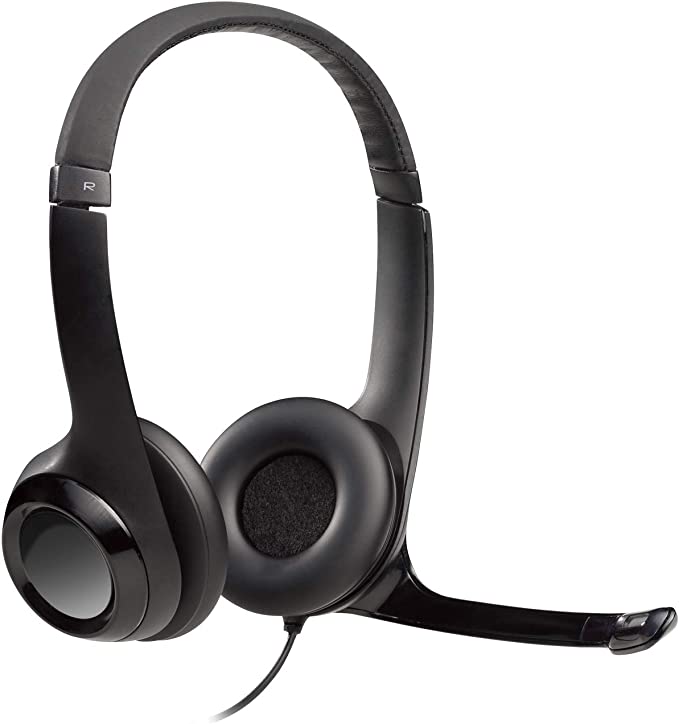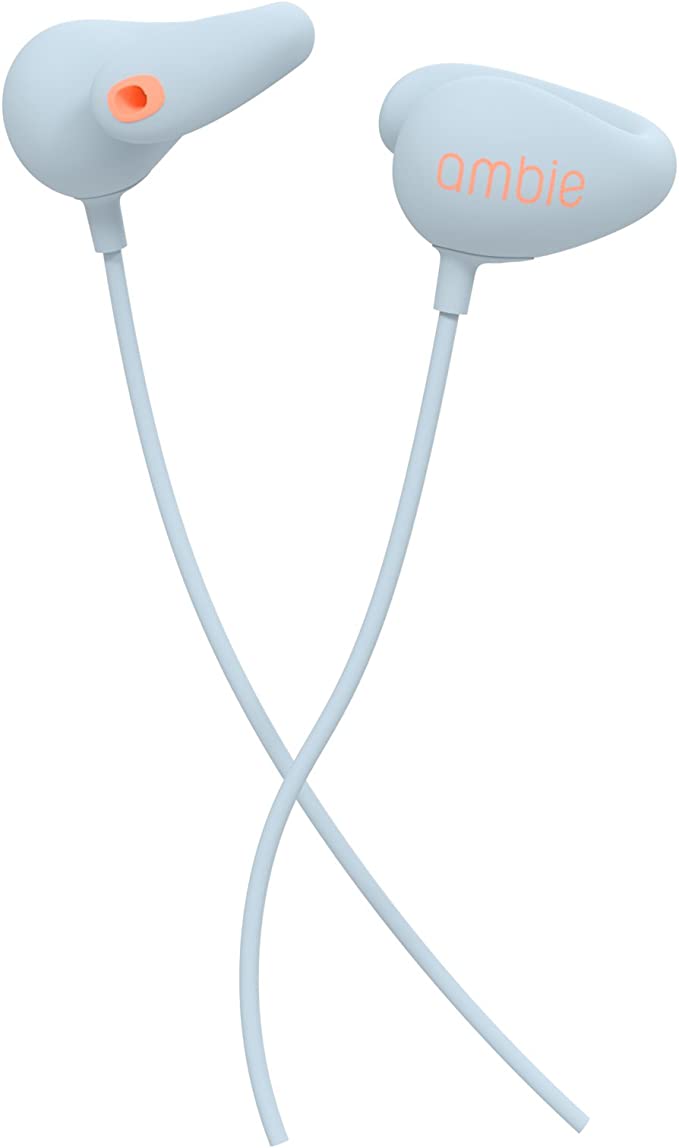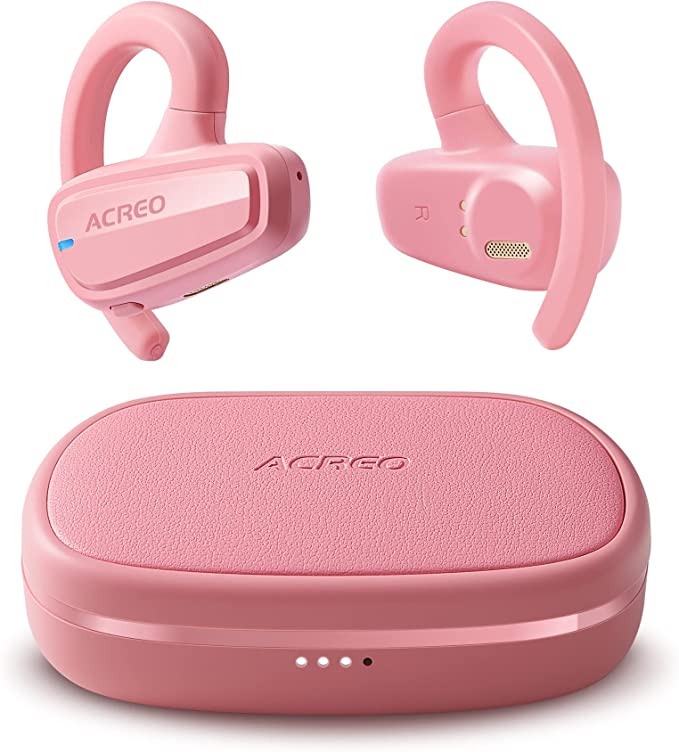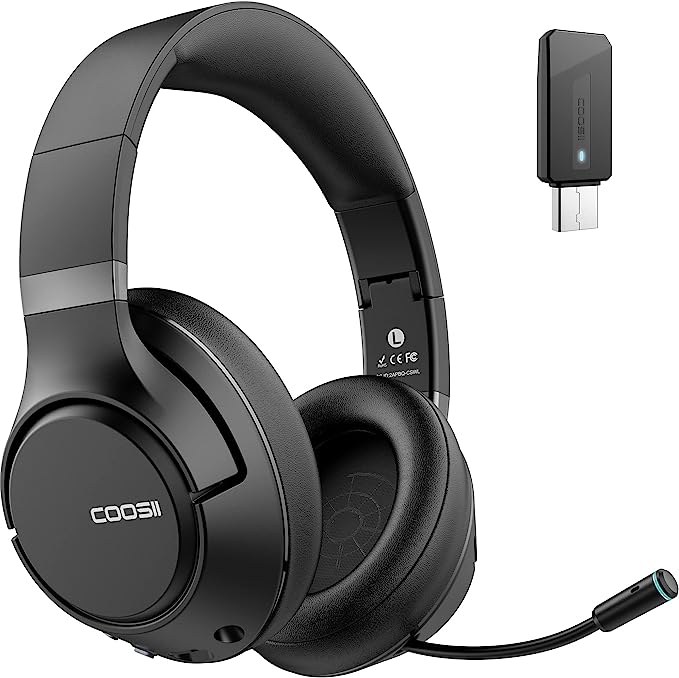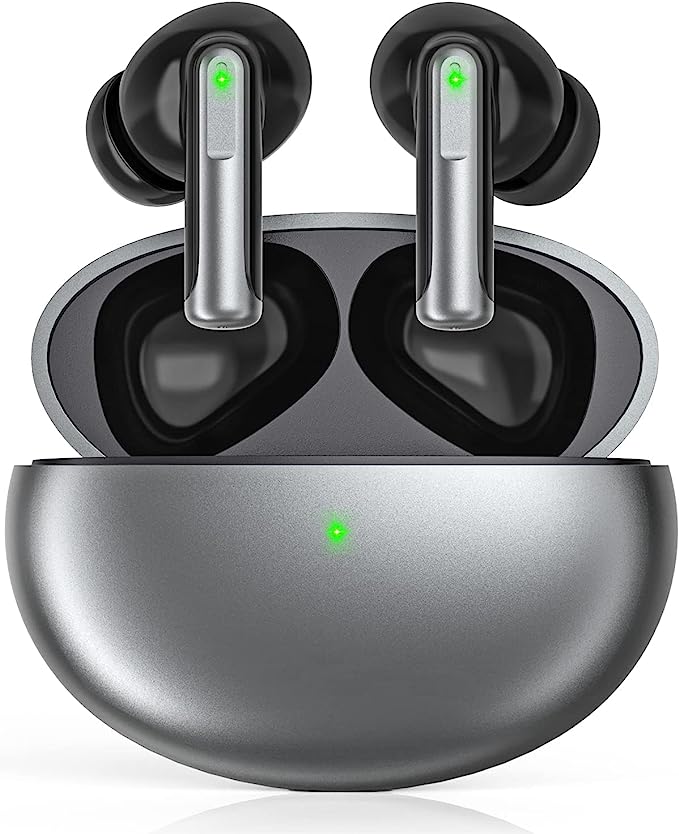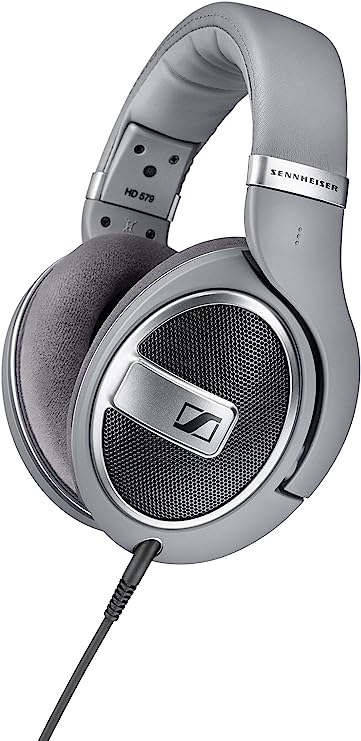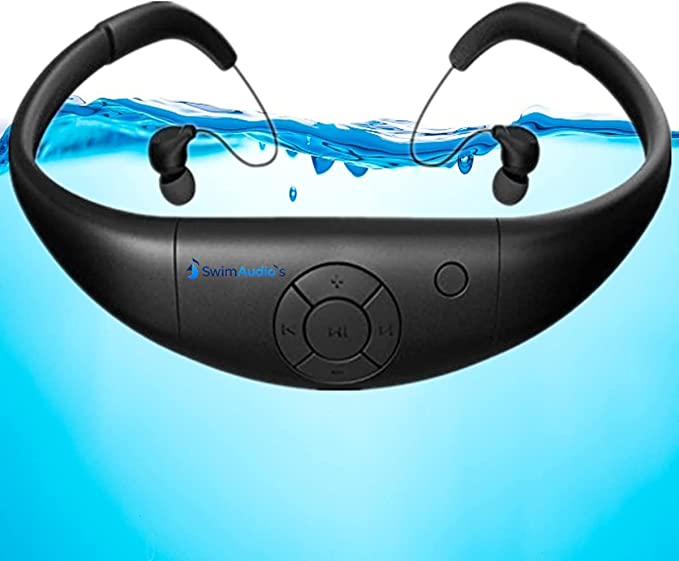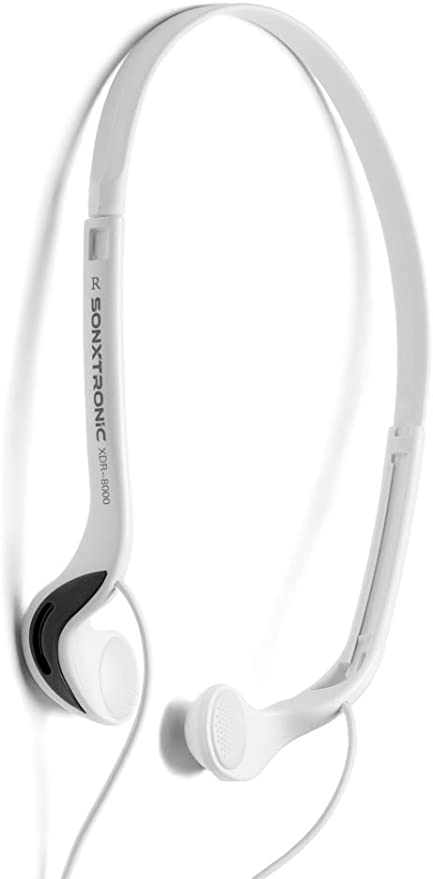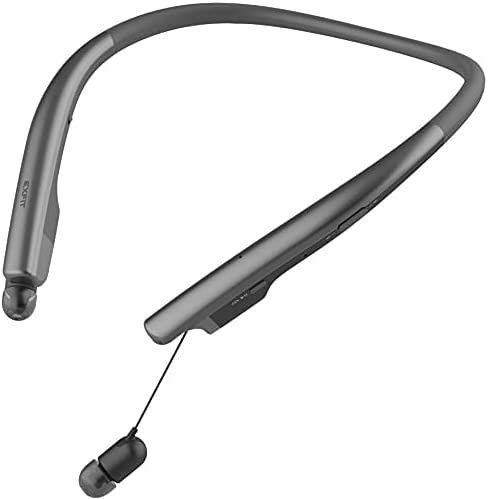Earbud Tech Explained: Why Bluetooth 5.4 and DSP Are the New Standard
Update on Nov. 14, 2025, 8:39 a.m.
If you’re shopping for wireless earbuds today, you’re drowning in specs. Every product page, from budget finds to premium flagships, boasts about “10mm drivers,” “long battery life,” and “ergonomic fit.” On paper, nearly all of them look the same. Yet, the actual experience of using them can be worlds apart. Some earbuds drop connection in a crowded room, while others don’t. Some sound thin and harsh at high volume, while others sound full and controlled.
The difference often lies in the technology you can’t easily see.
We are entering a new phase of personal audio where the “muscle”—the physical driver size—is becoming less important than the “brain” and the “nervous system.” The two most critical, and often misunderstood, components defining this new standard are the Digital Signal Processor (DSP) and the Bluetooth standard (like the new Bluetooth 5.4).
Today, we’ll decode these “invisible” technologies. We’ll explore what they actually do, why they matter more than ever, and how they come together in modern products, using the Monster N-Lite 206 earbuds as a case study for how these features are being implemented.
The New Nervous System: What is Bluetooth 5.4?
At the foundation of any “true wireless” experience is the Bluetooth connection. For years, this was the weakest link, plagued by dropouts, frustrating pairing, and a noticeable lag between video and audio (latency).

The adoption of Bluetooth 5.4 is a significant engineering leap forward, focused squarely on reliability and efficiency. While an incremental number, it introduces key refinements over 5.3 and 5.2:
- Improved Connection Stability: Bluetooth 5.4 enhances support for LE Audio (Low Energy Audio) and features that allow for more stable, bi-directional communication, even in “noisy” wireless environments (like a gym, office, or busy street corner).
- Reduced Latency: This standard is engineered to further minimize the delay between your device’s screen and your ears, making video streaming and mobile gaming feel far more synchronized.
- Better Power Efficiency: By optimizing how data is transmitted, BT 5.4 can help extend the battery life of your earbuds, as the internal radio doesn’t have to work as hard to maintain a clear signal.
When a product like the Monster N-Lite 206 incorporates Bluetooth 5.4, it’s a signal that its engineers have prioritized a “hassle-free” and stable connection—the kind you set and forget. The promise of “auto quick pairing” is a direct beneficiary of this robust standard.
The Digital Brain: Why DSP Matters More Than Driver Size
For the last decade, the marketing war has been fought over driver size. A “10mm dynamic driver,” like the one in the N-Lite 206, is advertised as the key to “rich bass.” This is physically true: a larger diaphragm can move more air, which is necessary for low-frequency sound.
However, a large driver is just raw muscle. Without control, it can be “boomy,” “slow,” and drown out the detail in vocals and high notes. This is where the Digital Signal Processor (DSP) comes in.
A DSP is a specialized microchip inside the earbud that acts as a tiny, real-time sound engineer. It’s the “brain” that controls the “muscle.” As the digital audio file is streamed to the earbud, the DSP:
- Manages Distortion: It anticipates the limits of the 10mm driver and adjusts the signal before it becomes a harsh, “clipped” sound. This is what the N-Lite 206 page refers to as “minimal distortion for an authentic… experience.”
- Tunes the Sound Signature: The “Pure Monster Sound” is, in reality, a custom tuning profile (or EQ curve) programmed into the DSP. The chip actively shapes the frequencies—boosting the bass, clarifying the midrange—to create the brand’s desired “impactful” sound from that 10mm driver.
- Optimizes for Calls: The DSP is also what analyzes the input from the built-in microphones to help separate your voice from background noise, improving call clarity.
The presence of “DSP amplification technology” is a far more important quality signal than driver size alone. It means the sound has been actively sculpted and controlled, not just passively produced.

The Durability Debate: Understanding IPX6 vs. IPX7
Another point of confusion is waterproofing. You will see ratings like IPX6 and IPX7 used interchangeably, but they test for two very different things.
- IPX7 (Immersion): This rating means the device can be submerged in up to 1 meter of clean water for 30 minutes.
- IPX6 (Powerful Jets): This rating means the device can withstand powerful jets of water (100 liters per minute) from any direction for at least 3 minutes.
Which is better for earbuds? For most real-world scenarios, IPX6 is arguably more relevant and a harder test to pass. You are far more likely to get caught in driving rain or produce high-pressure sweat during an intense workout (both of which act like jets) than you are to submerge your head in a pool.
An IPX6 rating, as found on the N-Lite 206, indicates that the earbuds are sealed to withstand the high-pressure, multi-directional force of sweat and rain. This is a robust standard for all-weather, all-activity use.

The Essential Foundations: Fit and Battery
Finally, this advanced tech must be built on a usable foundation.
- Ergonomic Fit: Unlike sport-specific earhooks, a standard in-ear design relies on anatomy. The goal of an “ergonomic” shape is to “fit snugly and naturally,” creating a good passive noise isolation seal. This physical barrier blocks external noise, allowing you to get a more immersive sound without dangerously high volume levels. The inclusion of multiple ear tip sizes is critical to achieving this seal.
- Battery Life: A figure like “25 hours of battery life” almost always refers to the total playtime combined with the charging case. The case acts as a portable power bank. This is a crucial convenience metric, meaning you can get through several days of use without being tethered to a wall. The adoption of USB-C for charging simply aligns it with the modern standard for all electronics.

Coda: Look for the ‘Invisible’ Tech
As you navigate the sea of wireless earbuds, your focus should shift. The physical specs like driver size and battery hours are just the starting point. The real innovation—the tech that dictates the quality of your day-to-day experience—is invisible.
Look for the “brain” (the mention of DSP) and the “nervous system” (the latest Bluetooth standard, like Bluetooth 5.4). These components, combined with practical durability like an IPX6 rating, are the true markers of a modern, well-engineered device. Products like the Monster N-Lite 206 integrating these advanced digital systems are representative of this new, smarter standard in personal audio.



